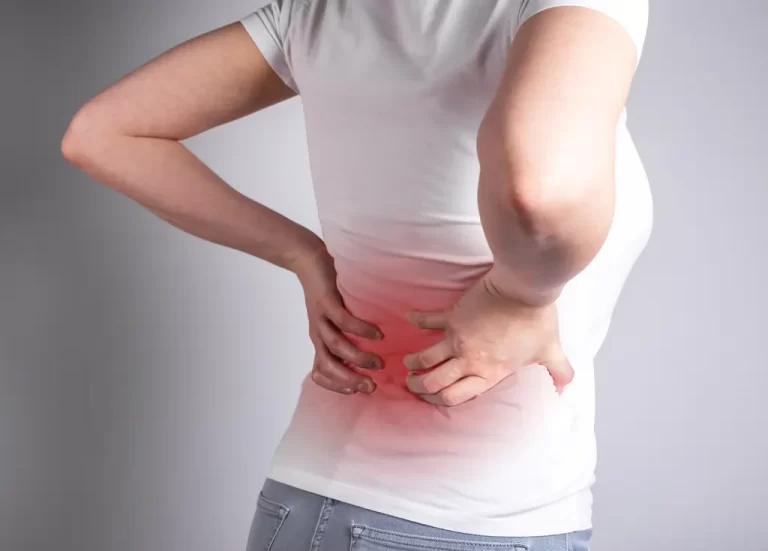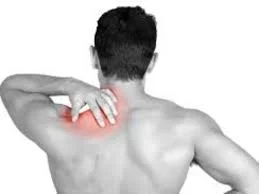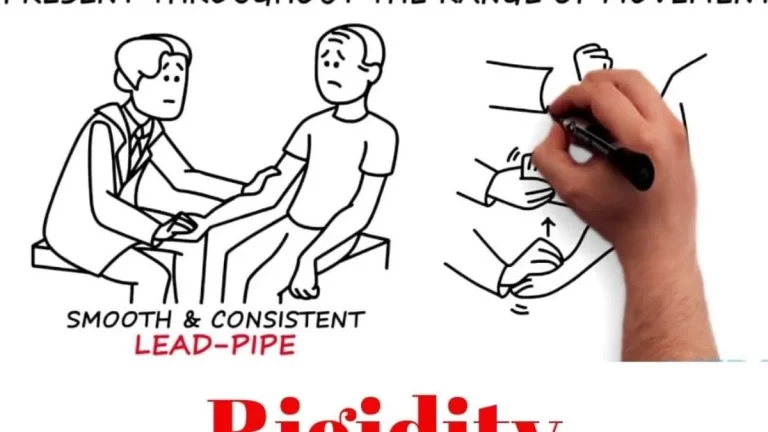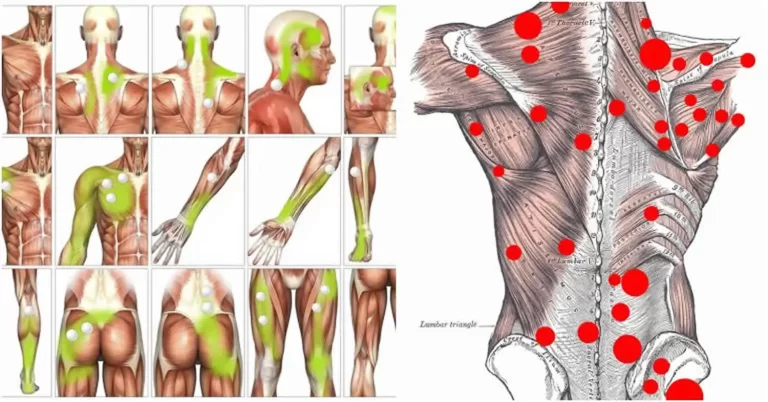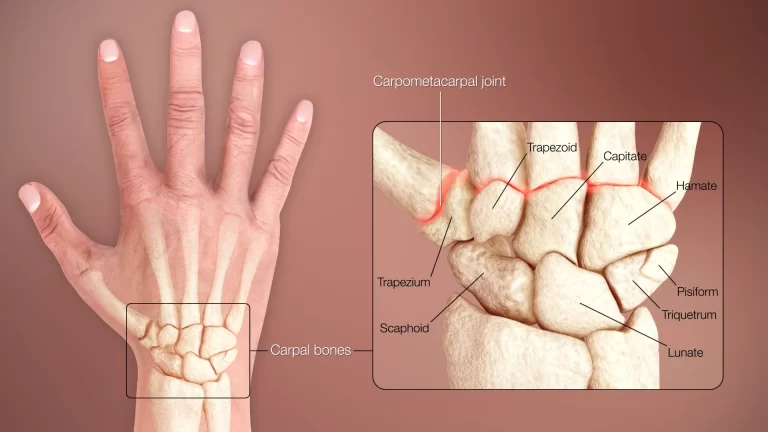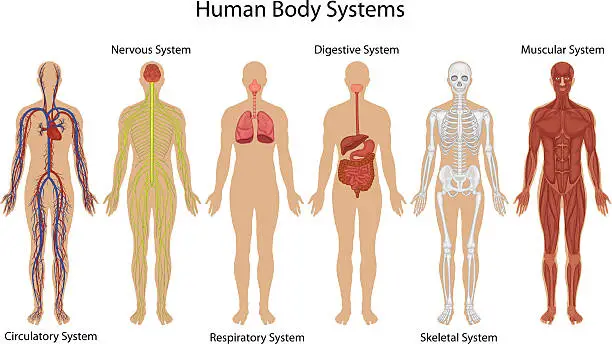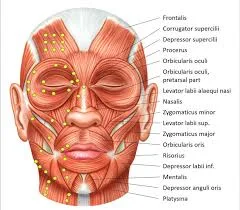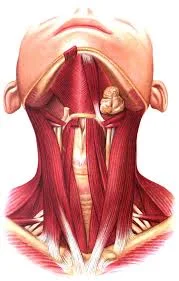Back Stiffness
Introduction Back stiffness is most often caused by lumbar strains (strains of the muscles or ligaments) or lumbar arthritis. The first episode of the symptoms is the strongest indicator of stiffness in the lumbar spine. Over the years, those with lumbar spine arthritis who have stiffness typically see increased symptoms. Conversely, muscular stiffness is generally…

